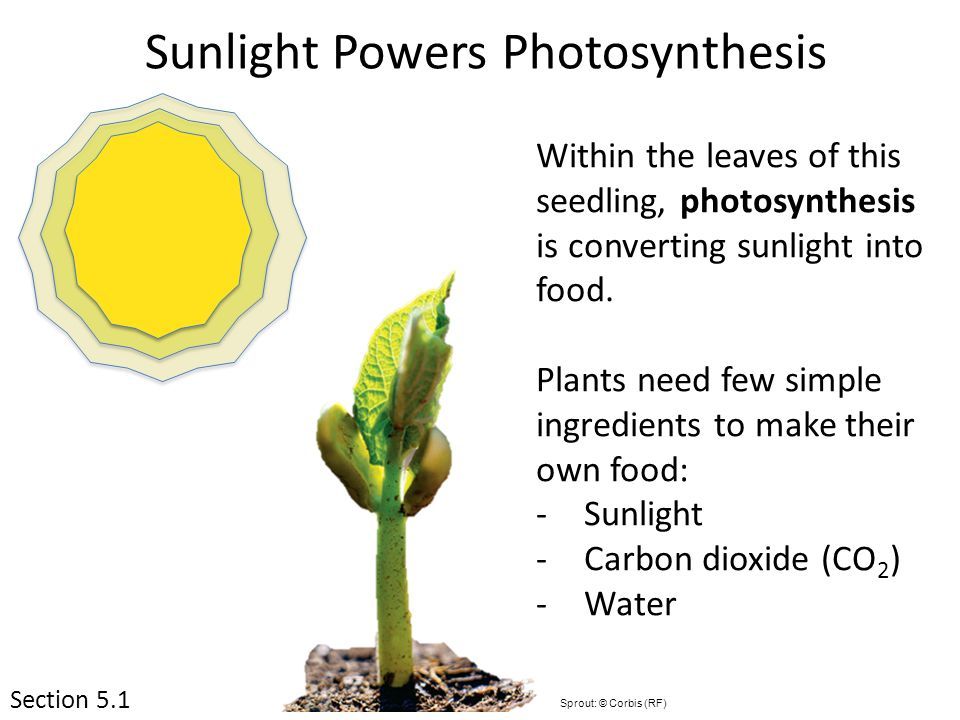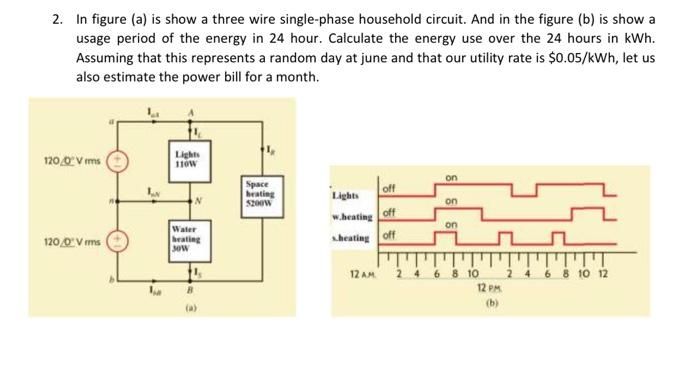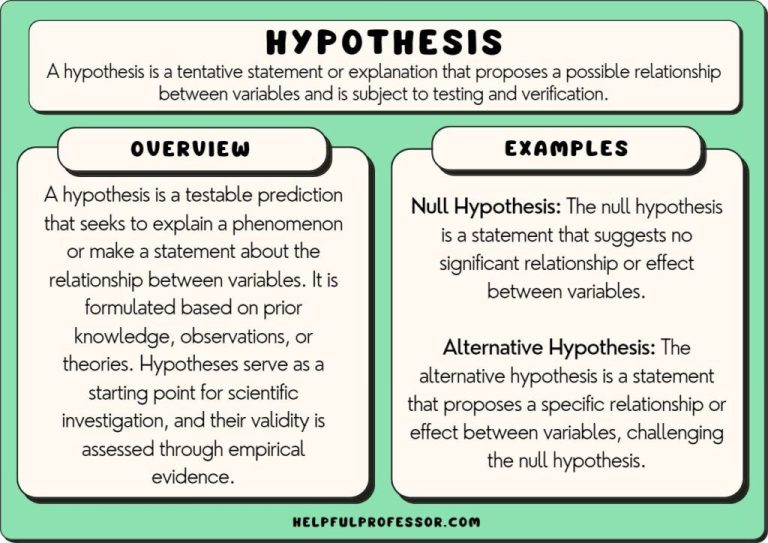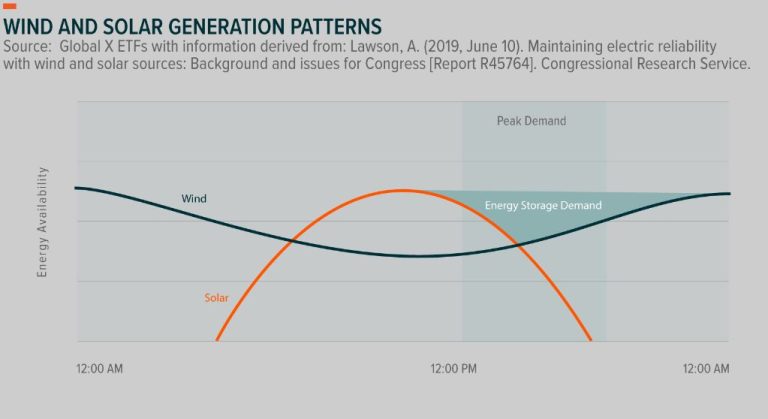What Is The Purpose Of Light?
Light is a form of electromagnetic radiation that is visible to the human eye. It travels in waves and contains photons, or particles of energy. The properties of light include brightness, color, and wavelength. Though we perceive light visually, it has many critical purposes beyond allowing us to see. Light enables life through photosynthesis, vitamin D production, and the regulation of circadian rhythms. It also impacts mood, cognition, and communication. This article will explore the diverse and essential purposes of light.
Illumination
Light enables vision and visibility by allowing humans and animals to see, identify objects, and navigate environments. The illumination provided by light sources like the sun, fire, and electric bulbs allows us to visually perceive the world around us. Without light, our eyes would not be able to detect objects or colors, making it impossible to see anything. The ability to see our surroundings gives us information about potential obstacles, threats, food sources, and more. This allows us to successfully move through and interact with our environment safely and effectively. Light enables us to perform daily tasks, engage in recreation, appreciate beauty, connect with others, and generally experience the world through sight.
Photosynthesis
Sunlight provides the fuel for perhaps the most fundamental biological process on Earth – photosynthesis. During photosynthesis, plants use the energy in sunlight to convert carbon dioxide and water into glucose and oxygen. This process is essential for nearly all life on Earth, as plants form the base of the food chain and provide the oxygen that animals need to survive.

Photosynthesis is powered by light energy from the sun. Plants contain specialized light-absorbing molecules called chlorophyll in their leaves and stems. When photons from sunlight are absorbed by chlorophyll, it excites electrons which provides the energy needed to drive chemical reactions. Plants then use this light energy to convert carbon dioxide from the air, along with water and minerals from the soil, into glucose and oxygen. The glucose feeds the plant and provides the basic building blocks for the plant to grow. The oxygen is released into the air as a waste product. Through this elegant process, plants are able to convert pure light energy into usable chemical energy that all life depends on.
Vitamin D Production
Sunlight triggers vitamin D synthesis in the skin through a photochemical reaction. Ultraviolet B radiation from the sun penetrates the skin and converts cholesterol into vitamin D3. This prehormone is then converted in the liver and kidneys into the active form of vitamin D.
Vitamin D is crucial for bone health and immunity. It promotes calcium absorption and bone growth by regulating calcium and phosphate levels. Vitamin D also modulates the innate and adaptive immune systems, reducing inflammation and risk of infections. Deficiencies can lead to soft, thin, and brittle bones, impaired immune function, and an increased risk of respiratory illnesses.
Regulation of Circadian Rhythm
Light exposure regulates sleep-wake cycles and other bio rhythms by synchronizing our internal “clock” to the day-night cycle. Humans have an internal 24-hour clock that controls our natural cycles of alertness and drowsiness throughout the day. This circadian rhythm is calibrated to the day-night cycle primarily through light exposure. Natural daylight, as well as artificial light, influences hormone levels and brain wave activity related to wakefulness.
In the morning, exposure to light suppresses production of the sleep-promoting hormone melatonin while boosting hormones like cortisol to energize us. Light signals to the brain that it is daytime, time to be alert. In the evening, as natural light fades, melatonin production increases while cortisol levels drop, making us feel drowsy and ready for bed. Our circadian rhythms can get disrupted when we don’t get enough natural light exposure during the day or get exposed to artificial lights at night, leading to problems with sleep and health.
Mood and Cognitive Function
Light exposure has been found to have a significant impact on mood, alertness, and cognitive performance. Studies show that exposure to bright light during the day can improve mood and energy levels, while a lack of light can negatively affect mood.
Getting enough light during daytime hours helps regulate the body’s internal circadian rhythm, which influences hormone production related to mood and alertness. This is why people tend to feel more awake and energized on sunny days and experience declines in mood and energy on dark, cloudy days.
Research indicates that light triggers the brain to produce serotonin, dopamine, and other neurotransmitters that regulate mood. As a result, light deprivation can lead to lower levels of these key neurotransmitters and increased symptoms of seasonal affective disorder (SAD), especially during the winter when daylight hours are reduced.
Bright light exposure also enhances cognitive performance, according to studies. Tasks related to memory, alertness, concentration, learning, and executive functions show improvement with exposure to bright illumination. Lack of adequate light during the day can therefore impair work and school performance.
Getting sunlight exposure and using artificial bright light therapy during the darker winter months can help prevent and treat mood disorders and cognitive declines related to light deprivation. Proper light exposure is crucial for maintaining emotional health, energy, productivity, and optimal brain performance throughout the year.
Disinfection and Sterilization
Ultraviolet (UV) light has germicidal effects, killing bacteria and viruses. The wavelengths of UV light that are most effective for disinfection are in the UVC range between 200-280 nanometers.
When UV light strikes an organism, it damages the nucleic acid, preventing replication and inactivating the microbe. UV light disrupts the molecular bonds within the organism’s DNA and RNA, creating thymine dimers that prevent replication.
UVC light is commonly used in hospitals, laboratories, and other facilities to disinfect surfaces and equipment. UV germicidal irradiation is used to sanitize workspaces, tools, air, and water. It provides an alternative to chemical disinfectants and works against antibiotic-resistant bacteria.
UVC light effectively sterilizes medical equipment like endoscopes, scalpels, and implants that cannot withstand traditional high heat sterilization. It can sanitize spaces like operating rooms between patients. UV disinfection robots are now being employed in healthcare settings to eliminate human error and increase efficiency.
UVC exposure time and intensity is carefully controlled to get maximum microbial inactivation while avoiding potential harm to human eyes and skin. UVC light provides a chemical-free way to eliminate dangerous pathogens and prevent the spread of infectious diseases.
Energy and Heat
Sunlight provides a renewable and sustainable energy source that is captured through solar panels. Solar panels convert the photons in sunlight directly into electricity through the photovoltaic effect. Countries around the world, including the United States, China, Japan, and Germany, have been rapidly expanding their solar power capacity to reduce carbon emissions and reliance on finite fossil fuels.
In addition to generating electricity, sunlight also warms the Earth through infrared radiation. Approximately half of the solar energy that reaches the planet is absorbed by the land and oceans, heating the planet’s surface and atmosphere. This infrared radiation interacts with greenhouse gases like carbon dioxide and water vapor to warm the lower atmosphere. Without the greenhouse effect, the Earth’s average temperature would be close to 0°F (-18°C) instead of a comfortable 59°F (15°C). The balance between incoming and outgoing radiation maintains the climate and habitable temperature range on Earth.
Communication
Light plays a vital role in communication technologies. The development of fiber optic cables, which use light to transmit information rather than electricity, has enabled far greater bandwidth for transferring data. This has revolutionized telecommunications and made high-speed broadband internet globally accessible.
Fiber optic cables contain ultra-pure glass or plastic fibers that guide light signals encoded with data. The cables use the principle of total internal reflection to keep the light contained within the fiber as it travels. Laser light sources and photodetectors are used to encode and decode the light signals.
Compared to traditional copper cables, fiber optic cables offer significantly higher bandwidth, can transmit data over much longer distances without degradation, are immune to electromagnetic interference, and are lighter and more durable. This makes them ideal for undersea cables spanning oceans and continents to interconnect the world.
By harnessing the speed and information carrying capacity of light, fiber optic communication has enabled the digital revolution and transformation of societies globally. High-speed internet, streaming media, video calls, online gaming, e-commerce, and countless other applications rely on the advanced telecommunications infrastructure built on fiber optic networks.
Conclusion
Light plays an incredibly essential role in life, energy, technology, and so much more. Through this article, we have analyzed many of the most pivotal contributions that light provides across all aspects of existence.
Light is absolutely fundamental for photosynthesis, which sustains plant life and therefore the entire ecosystem. Sunlight enables vitamin D production in the body, which is vital for bone health, immunity, and more. Our circadian rhythm and sleep-wake cycles depend on light as an environmental cue. Light therapy is also used to help improve mood and treat seasonal depression in some cases.
Additionally, light is used to disinfect environments and medical instruments. It is harnessed as an energy source through solar power and for providing heat. Light enables vision and visual communication for humans and animals. Developments in fiber optics and laser technology build upon the foundational properties of light.
In summary, light is an essential aspect of biology, ecology, medicine, energy, technology, and communication. Appreciating the diverse benefits and purposes of light helps illustrate just how fundamentally important it is for many facets of life and society.






